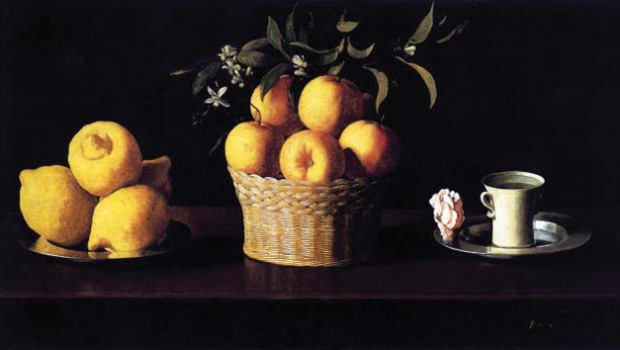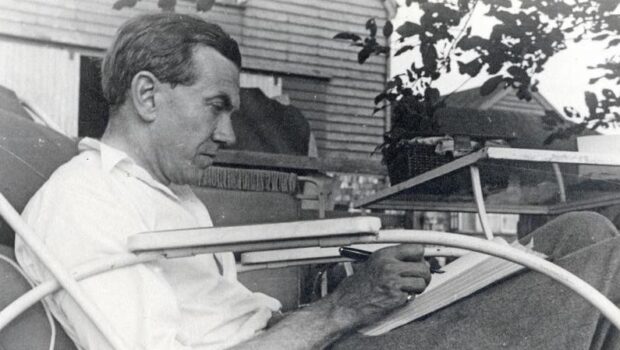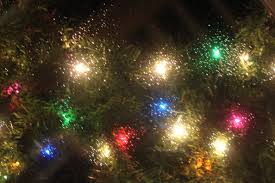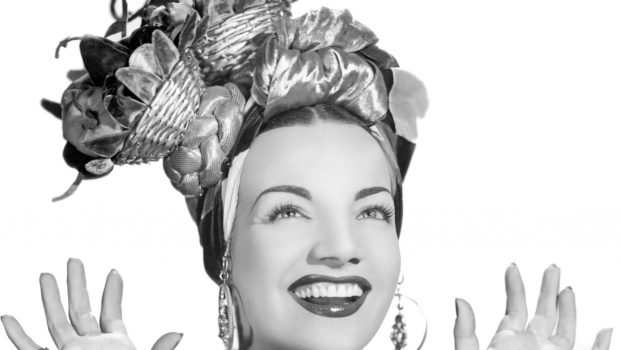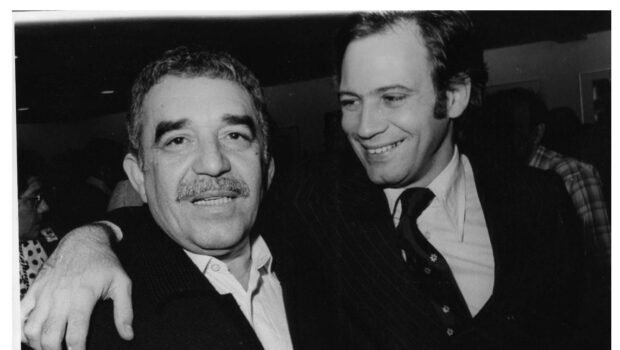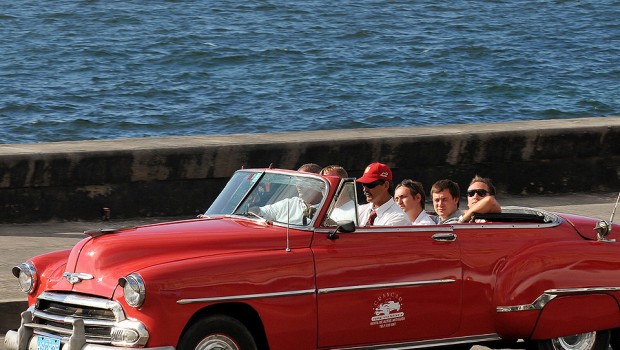Mundus est fabula: Transatlantic Representations
Julio Ortega
In his suggestive study, La península metafísica, Arte, literatura y pensamiento en la España de la Contrarreforma (The Metaphysical Peninsula: Art, Literature and Thought in Counter-Reformation Spain, Madrid, Biblioteca Nueva, 1999), Fernando R. de la Flor discusses the ways in which the natural world was interpreted in the emblems of the period. Having already devoted an important study to the topic (Emblemas, lecturas de la imagen simbólica. Emblems, Readings of Symbolic Images 1955), the author reviews previous studies on the Golden Age and modern Spanish emblems in the chapter “Mundus est fabula. The Interpretation of Nature as Politico-Moral Document in Symbolic Literature.” He suggests that the emblem is a coded representation of nature whose function is both political and metaphysical. De la Flor, thus, constructs a discourse on emblems as a double reading of the natural world: an upwards-facing reading, as in the writing of God, and a downwardsfacing reading, as a lesson on the fall of Man. In the last analysis, the politico-moral vision that the emblem translates is a microcosmic vision of the human. This persuasive analysis suggests an underlying coherence within the Encyclopedia of emblems; that body whose main function would be to construct its own formal unity, projective meaning and serve as a tool for circular, totalizing reference. The emblem is also historically situated, both geographically and culturally in Spain in a no less historical vision of nature. Two facts support the author’s hypothesis about the over-coding of the emblem: the hieroglyphic and allegorical character of emblems, and the prevalence of a meta-language of symmetrical and harmonious forms in the work of Luis de Granada, its most important exponent. This is obviously in addition to the mystical or spiritual literature that provides the basis for the emblem’s main articulation.
Another reading of the corpus of emblems might disturb de la Flor’s proposed “semiotic machine”. Firstly, from the perspective of cultural history, emblems would reveal that their symbolic claims are constructed; that is they are rhetorical. The codification that they dictate functions as a self-referential system, but often demonstrates its limits in reality. It is revealing that Ripa’s iconography, for example, introduced regional differences into the representation of nature, not merely between continents, but between the different parts of Italy. And it is equally revealing that successive publishers adapted the emblem system to the interests of their public, which were inevitably economic. More interesting still is the function of the emblem in the New World, where it is both part of the language of power and a sign of its legitimacy and self-affirmation. Secondly, from a perspective of cultural criticism, the emblem must inevitably be defined in terms of its system of reproduction. It cannot be understood historically and culturally without its use value, without the evolution of the graphic arts and printing, and without the commercial bourgeoisie that cultivated it. It is no coincidence that the clergy in their evangelical program made the allegorical emblem into one of the main tools of their mission and practice as translators.
In her book >Worldly Goods: A New History of the Renaissance (New York-London, Norton, 1998), Lisa Jardine has discussed the complex system of production within the art market and the artisan sphere, and in printing and the workshops producing luxury goods. She explains how works of art that we admire today for their virtuosity were part of a vigorously developing worldwide market in luxury commodities. They were at once sources of aesthetic delight and items in commercial transactions between purchasers seeking ostentatiously to advertise their power and wealth. The acted as skilled craftsmen with the expertise to guarantee that the object so acquired would make an impact (19). This analysis of production and consumption does not deny the superior quality and value of the works of art (and their possible readings), but it does dismantle the network of power that shapes the market. In a lucid discussion of the readings and interpretations that shape the study of cultural history, Peter Burke looks at the various theories concerning cultural encounters, and concludes that “We have returned to the fundamental problem of unity and variety, not only in cultural history but in culture itself. It is necessary to avoid two opposite oversimplifications; the view of culture as homogeneous, which is blind to differences and confl icts, and the view of culture as essentially fragmented, which fails to take account of the ways in which all of us create our individual or group mixes, syncretism or syntheses” (“Unity and Variety in Cultural History,” in Varieties of Cultural History, Ithaca, Cornell University Press, 1997, 211). It is symptomatic that in his introduction, Burke places his own perspective at some distance from the two extremes of “constructivism”, which assumes the discursive construction of the social “positivism” which considers documentary sources as true and real. In fact, in reading cultural history, we have to conclude that its complex nature escapes a single predetermined mode of processing facts and mappings.
Transatlantic studies, as a new paradigm of critical reading, starts by setting a series of articulations. First, it re-contextualizes literary information at the intersection of history and culture. In reading the back-and-forth exchange of information between the New World and Spain during the Baroque era, for instance, the transatlantic view will work with the material and cultural exchange of goods and the representation in language and the arts of these new objects in order to map not mere homologies, but patterns of appropriation and displacement. The Baroque era, after all, celebrated abundance, as a social and political exchange. Góngora assimilated this baroque cabinet (tobacco, pineapple, chocolate, silver, gold, vegetables, feathers…); as did some other major painters, probably as proof of God’s favors and man’s powers. Góngora went back to Latin to look for syntax capable of reorganizing names and senses as a new language. Inca Garcilaso de la Vega went further. As the first transatlantic intellectual (historian, translator, cultural interpreter) he managed to transform the fecundity of the American soil into the cultural grain of the intermix. Nature was the modern model of cultural articulation.
The abundance of Nature was the promise of culture; a new and just order of human dialogue in the encompassing syntax of his Humanist project.
The art historian Julián Gállego proved to be an accomplished reader of the complexities of such connections in his indispensable Visión y símbolos en la pintura española del Siglo de Oro (Vision and Symbols in Golden Age Spanish Painting, Madrid, Cátedra, 1996). His critical method is characteristic of his perspective as a puzzle-solver. What he looks for in painting, he says, is both the elements taken from other spheres of culture (the contexts and inter-text that painting represents) and those plastic elements that have symbolic significance (rather than a “pure” art, we have something closer to literature). He situates himself as a reader of the symbolic background of each form in such a way that even a supposed “realism”, such as Velázquez, reveals itself full of references and allusions. He is not alone in the exhumation of a full discourse behind fruits and fl owers, which not only dissolves the object into authority but also dematerialize nature into allegory. For Gállego, plastic forms “hide their signification under the appearance of an everyday, even banal, reality” (13). He observes the importance of Alciato in the sources of Spanish “symbolic culture” and the way in which he became a “stock figure” for writers and painters. But he was not the only “emblem oriented” Italian to be taken up in Spain. There was also Paolo Giovo, who dedicated one of his figures to Alciato: he dedicated the Caduceus to him. His Wand of Mercury amongst the Cornucopias overfl owing with fruit, was a symbol of fortune, in 1551 (47). Gállego put his own method of symbolic reading to the test when dealing with literary satire on mythological fables and heroes. In The Journey to Parnassus (1613) Cervantes reduces the gods to a human size, and in Everyone’s Hour (1650) Quevedo turns the Olympians into a laughing stock, doing the same to Ripa’s emblems en passant (63).
To explain this Spanish skepticism towards the classical repertoire, and to determine the authentic intentions of painters who dealt with pagan themes without any real seriousness, Gállego postulates two causes: the economic crisis of 17th century Spain, and it’s accompanying religious ideas. The first cause is clearly connected with America, but Gállego does not entertain the question, even when the discussion still lives. Yet the situation of Spain during the Golden Age was proverbial: gold and silver from the Indies enriched a minority and impoverished the rest of the country. After all, what is Spain in the 17th century but a collection of different kingdoms? Castile, Navarre, Aragon, Valencia and Cataluña united under the same crown, but separated by fueros [tax and legal exemptions], coinage and customs (63). The wealth of America stayed in the hands of the merchants of Seville or fl owed out across Europe. Artists and writers suffered under this poverty, yet had to praise their patrons. Just as Velázquez did when he wanted to be admitted to the Order of Santiago, artists had to prove that they had never painted for a living, that is, that they could not be confused with tradesmen (65). For religious reasons, painters had to show that they were not heretics or pagans, and were only using mythological themes for entertainment. Later, mythology would be admitted into artistic imagery in Spain, but only as Christianized (79). It could also be argued that some mythological figures, like those of Velázquez, were represented through a realist gaze in order to explore the limits of verisimilitude, that is, the enigma not of the eternal symbol but of the human sign. But Gállego’s symbolic method saturates both genealogy and context of the art object.
This is clear in his interpretation of fl owers and fruits with no other origin than their profusion amongst the Moors of Andalucia, whose poets tirelessly and with infinite inspiration celebrated in their gardens (197). Poor in other products, Spain had always been rich in fruit and fl owers, he says, although he later observes that it is not so easy to read the fl owers that appear alone in a jug or a basket. Nothing stops us from thinking that they have a meaning that goes beyond their mere beauty (200). But the severity of this gaze, which intensifies the associations of the Baroque, explains why the fruit from America escape his vision, and why the signs of abundance are only a contrast to poverty, or a sort of decorative hyperbole.
For that very reason, it is hardly surprising that when Gállego interprets Zurbaran’s famous “Still Life with Lemons, Oranges and a Rose” (1633), which is at the Norton Simon Foundation, as advancing the notion of a devotional tribute to the Virgin Mary. He posits the basket of oranges and orange blossom as symbols of virginity and fecundity, the cup of water as purity and the rose in the silver platter as divine love (202). Traditionally, this masterpiece was read as a celebration of Nature’s sensuous gift, and the cup was not of full of water but chocolate. Carried away by his systematic symbolic reading, that turns the physical world into a language saturated by allegorical intent, the critic has no place for the incongruous American object and elects to empty this historic cup to fill it with water: it becomes an religious epiphany rather than an elegy to the world, both the Old and the New. It is not surprising then, that other readers of the painting prefer to see in its three elements nothing less than the very Trinity. However, even if we accept that the three units of this still life (whose powerful reference to the domestic economos is in accordance with Baroque empiricism) form an offering to the Virgin Mary, there is no need to avoid the powerful representation of material life, skin and pulp, light and color which is to be touched and tasted. Even if the oranges and citrons correspond to the Virgin, the cup of chocolate on the silver plate might very well correspond to a mother newly delivered of her child. After all, American chocolate was also known for its restorative abilities.
Zurbarán’s splendid piece has been hiding another revelation: X-rays revealed that between the citrons and the basket the artist painted, and later erased, a dish of “batatas confitadas” (pieces of sweet-potato coated by sugar or honey). The invisible American product gives the painting a more domestic, daily-life fl avor. Thus, we can conclude that in the syntax of the composition the two American goods (chocolate and sweet-potato) open the scenario to a more mundane and historical story of goods, exchange, and fl avors. The still life is enriched in mediations and proper distance without the immediacy of those American fl avors, but the covered comfiture and the invisible dark drink are closer to the European experience of the New World, tasting and sensing. “I eat of the fruit,” wrote once and again the Chroniclers of the Indies, declaring the epiphany of the new.
Posted: April 21, 2012 at 12:45 am


